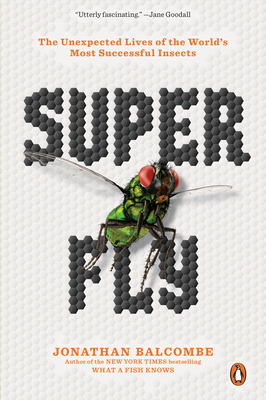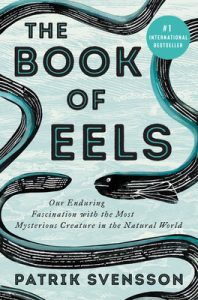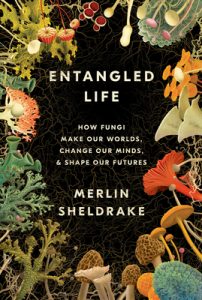If you were to find yourself with a nonhealing wound and had some dead tissue that needed excising, would you entrust yourself to the care of maggots or to a knife*? Personally, the maggots sound pretty tempting. Between reading about the gruesome history of surgery (see below) and then about the positive outcomes for folks with wounds infested with a serendipitous pile of wriggling maggots (especially in the earlier days when the risk of infection made surgery very much a last choice – though Maggot Debridement Therapy is making a comeback for various reasons), I’d wager you might give more consideration to the humble maggot!
And here’s a glowing review of the maggot by surgeon William S. Baer, during World War I, as he treated a soldier who had been left quite injured for several days on a battlefield – not the most sanitary of conditions – with “compound fractures of the femur and large flesh wounds of the abdomen and scrotum” (Balcombe, 254). At the time, compound fractures of the femur were just short of a death sentence: 75-80% died. By the time this soldier was found, having had no food or water during that entire time and in spite of his injuries, fever-free, Baer remarked:
“there was practically no bare bone to be seen and the internal structure of the wounded bone as well as the surrounding parts was entirely covered with the most beautiful pink tissue one could imagine.”
qtd. in Super Fly, Balcombe, 254
And to what could this “most beautiful pink tissue one could imagine” be credited? Maggots. Yes, before he could see all that lovely healthy healing tissue, Baer had had to remove thousands upon thousands of maggots from the wounds. Honestly, I adore this quote about “the most beautiful pink tissue”, because the evident awe and appreciation present in this quote – as applied to the tissue, sure, but surely also somewhat sideways in praise of the maggots – gets me every time. That’s a 5-star (⭐⭐⭐⭐⭐) review right there, and I would humbly suggest it gets pinned as Most Helpful wherever people go to read about maggot debridement therapy.
Continue reading

